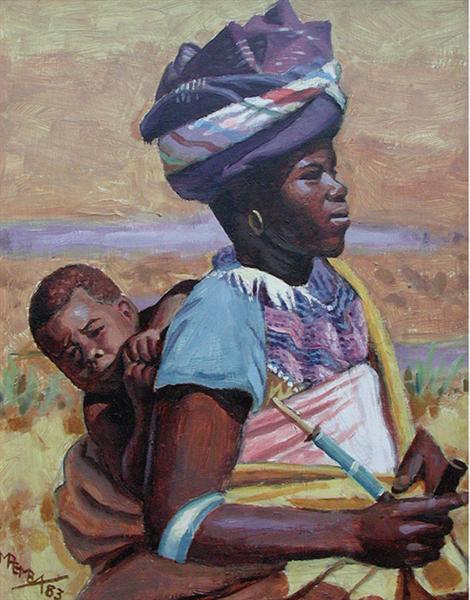1870 - 1960
Social Realism

description
Social realism is an international art movement that manifested itself in painting, graphics, photography and cinema. This movement is based on the depiction of working class life.
Key Ideas:
– irony, as a criticism of social structures that support the morbid state of society. Artists and photographers capture factory workers, miners, field workers, the builders of the first skyscrapers, young children forced to work, black musicians. Parallel to a thriving middle class, slums are growing in America and Europe. The works show us the complex lifestyle of the poor strata of society, the modest living conditions of the protagonist, clothes that look like rags. Self-irony – despite the global economic crisis, skyscrapers are being built and art deco is relevant;
– social inequality and racial discrimination. There are artists who confidently depict the black population, stories related to their lifestyle, telling about the phenomenon of mass inadequacy (racial discrimination), for example, “No food for my children”, 1968, George Pemba;
– specificity of documentary photography. Photographers are as professional as possible in creating a frame, describing the photo (name of the hero, place, date);
– historicism. Many works are excellent sources for studying the era of the Great Depression.
Key artists: Joseph Christian Leyendecker, Robert Henry, Luke Fields, Grant Wood, Hubert von Herkomer, William Small, Norman Rockwell, Charles Wilbert White,
Key works:
US Marines. 1917. Joseph Christian Leyendecker.
Helix Welder. 1925. Grant Wood.
Mine America’s. 1943. Norman Rockwell.
Guitarist. 1959. Charles Wilbert White.
Key photographers: Lewis Hine, Walker Evans, Arthur Rothstein,
Key photos:
Glassmaking. 1908. Lewis Hine.
Floyd Burrows, Alabama cotton grower. 1935-1936. Walker Evans.
Carriage family, Lee County, Mississippi. August 1935. Arthur Rothstein.
